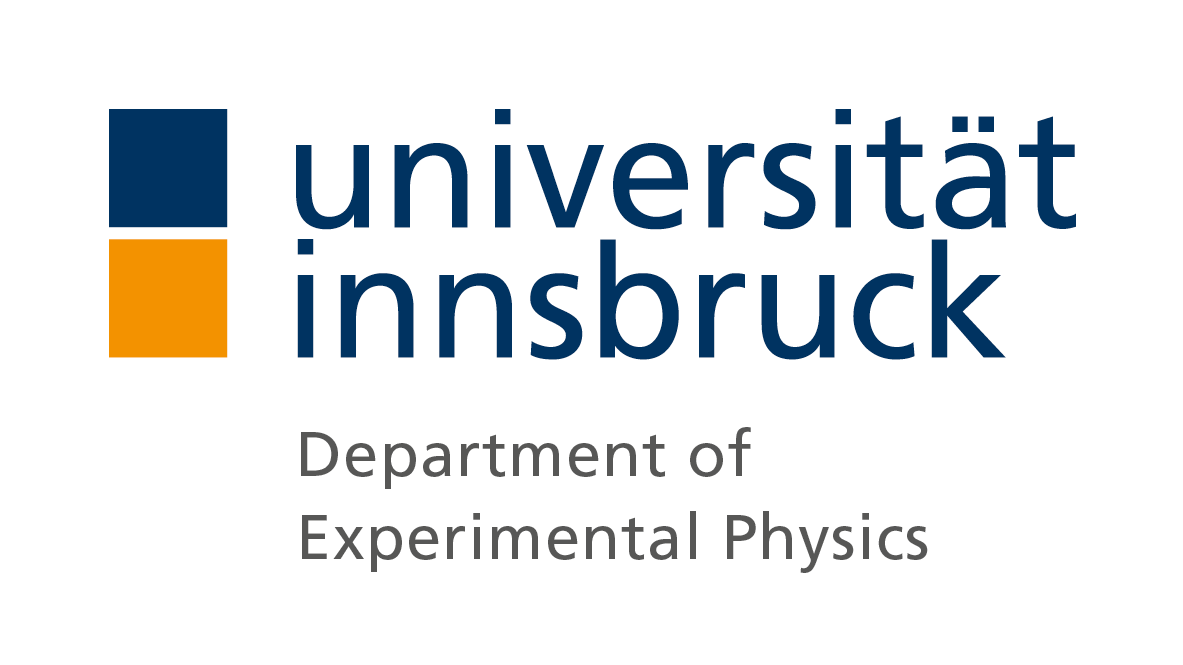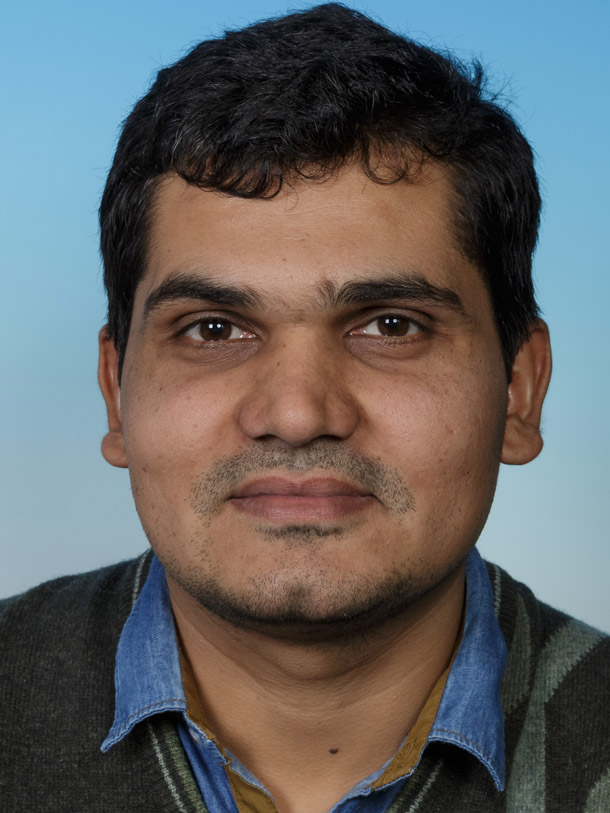
- Details
Irtiza has joined the group as a post-doc. He received his Ph.D. from Griffith University, Australia, where he worked on engineering and integration of a high repetition rate, picosecond UV laser source with trapped ions for fast quantum logic operations. He will work as a postdoc in the ultrafast and precision lab.
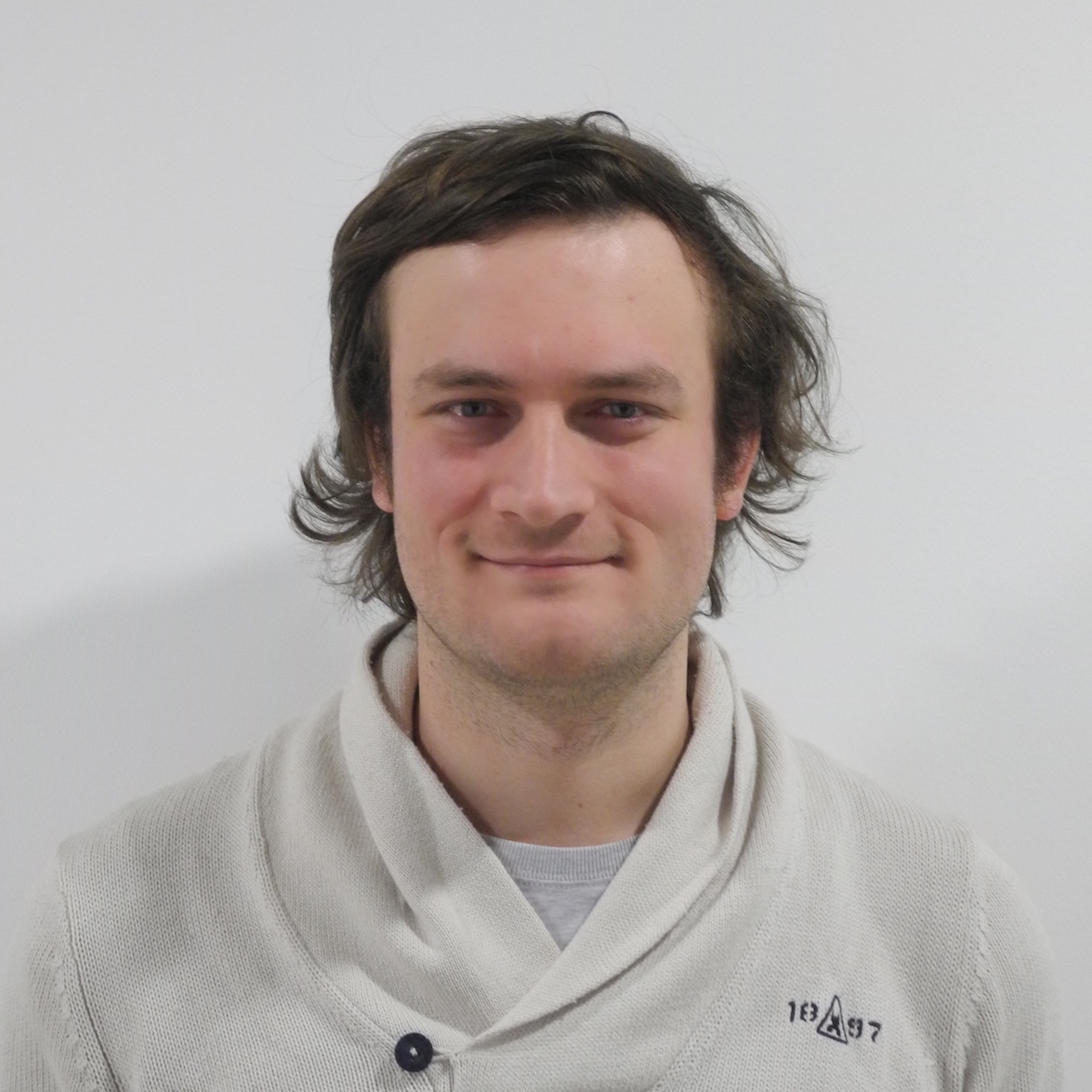
- Details
Pavel has joined the group as a post-doc. He did his Ph.D. at Imperial College London, Great Britain, where he worked on quantum dynamics of ions in a Penning trap. He will work as a postdoc in the quantum information team.

- Details
Manuscript published in Physical Review X! The paper shows that trapped ion technology available today is suitable to build large-scale quantum computers. Protocols tailored to a trapped-ion quantum processor have been developed which allow to detect errors and correct for them.
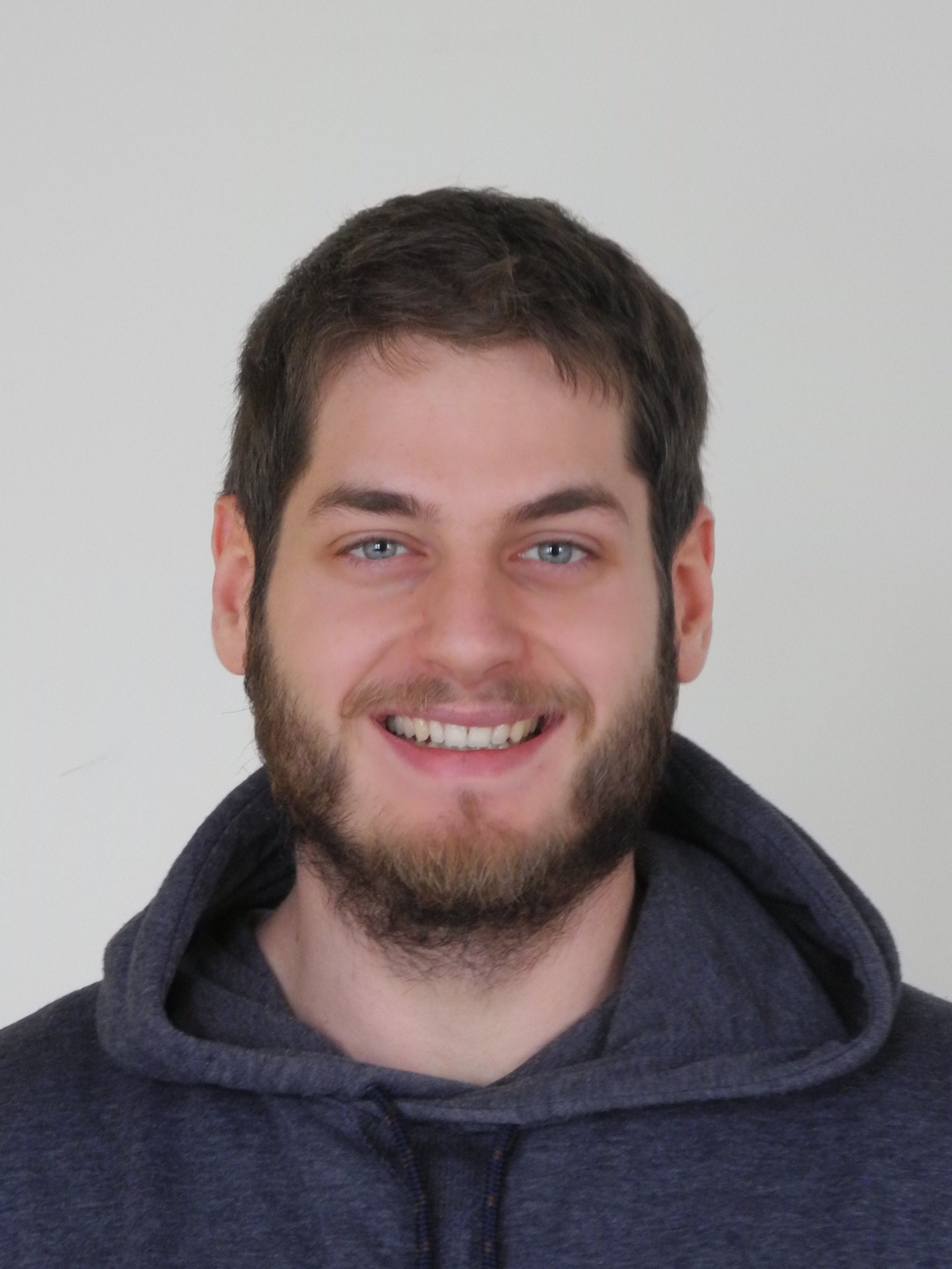
- Details
Matthias Knoll has joined Tracy's Nanospheres And Ions team as a master student. He will be working on the implementation of a feedback system for cooling nanoparticles in optical traps.
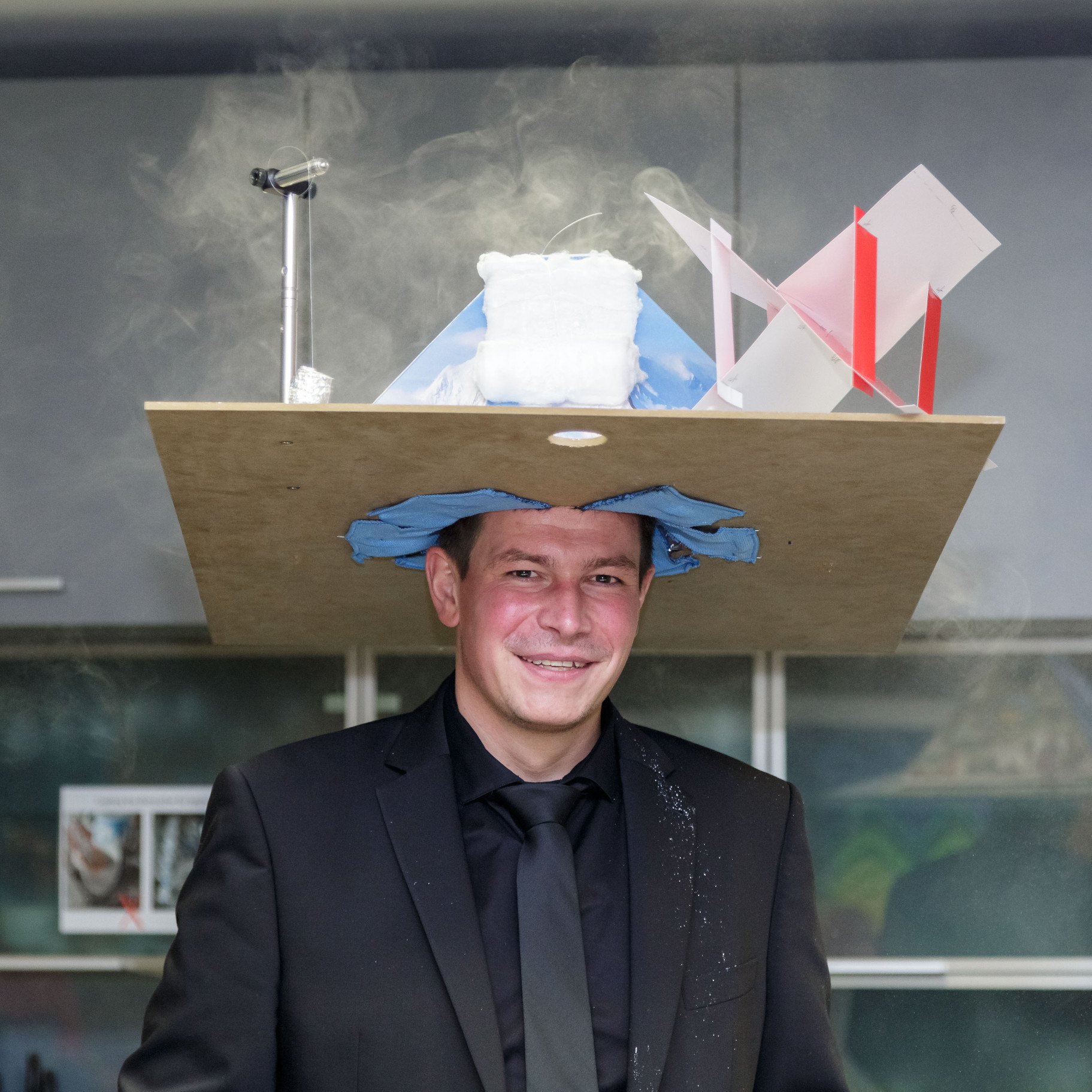
- Details
Congratulations, Michael!
Thesis Tile: Precision spectroscopy with trapped 40Ca+ and 27Al+ ions
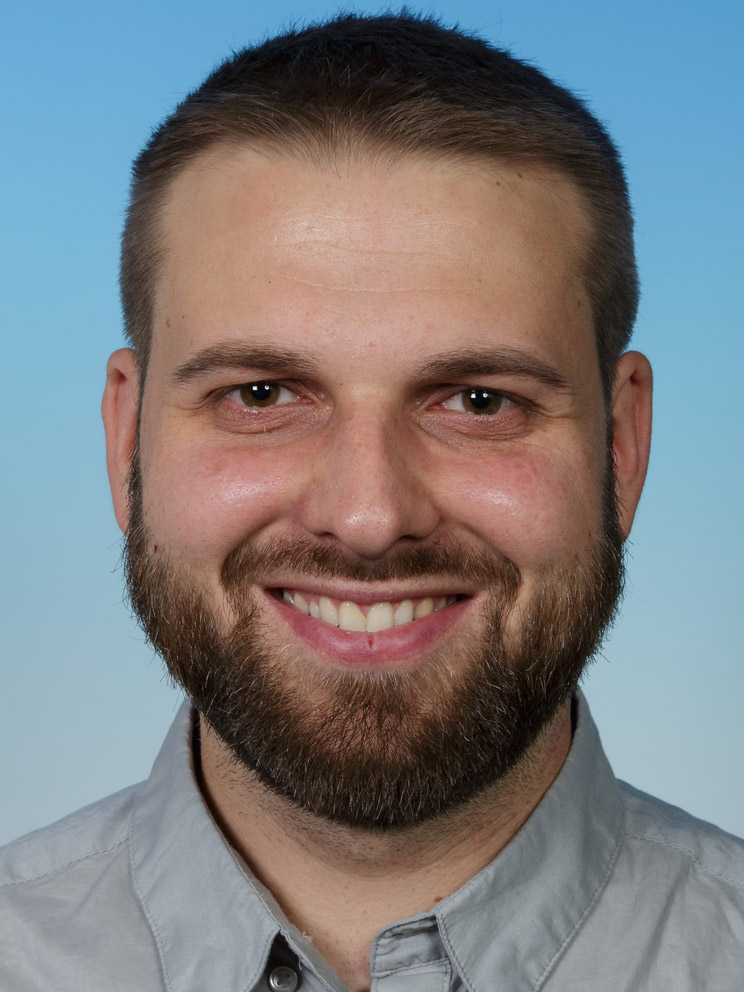
- Details
Christoph Steinlechner has now joined the Quantum Simulation team as master student. He will be working on designing single-ion addressing optics.
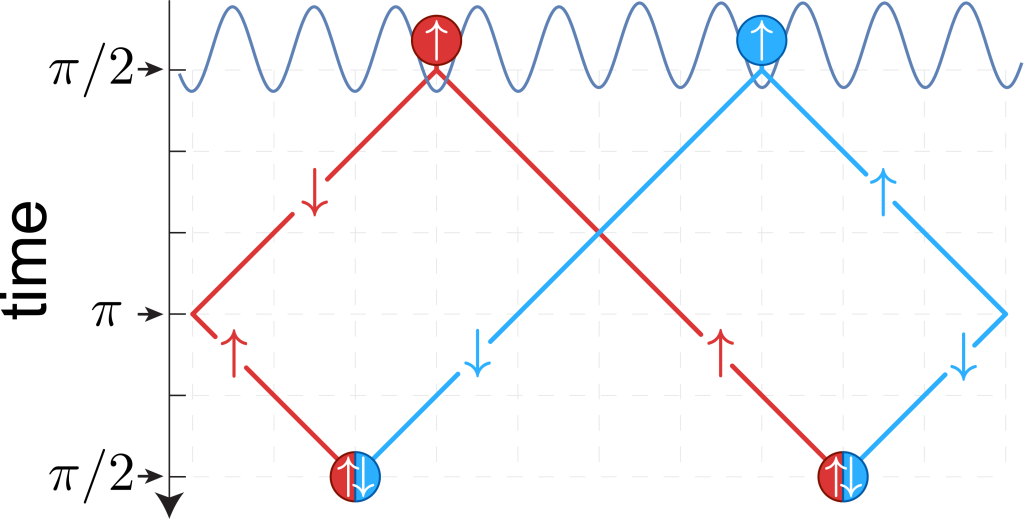
- Details
Paper in PRL published! We devise schemes for demonstrating the symmetrization postulate for indistinguishability in the most elementary form. In particular, we show how to directly measure the phase that two identical trapped ions or neutral atoms acquire when exchanged using a Ramsey-like two-atom interference experiment.
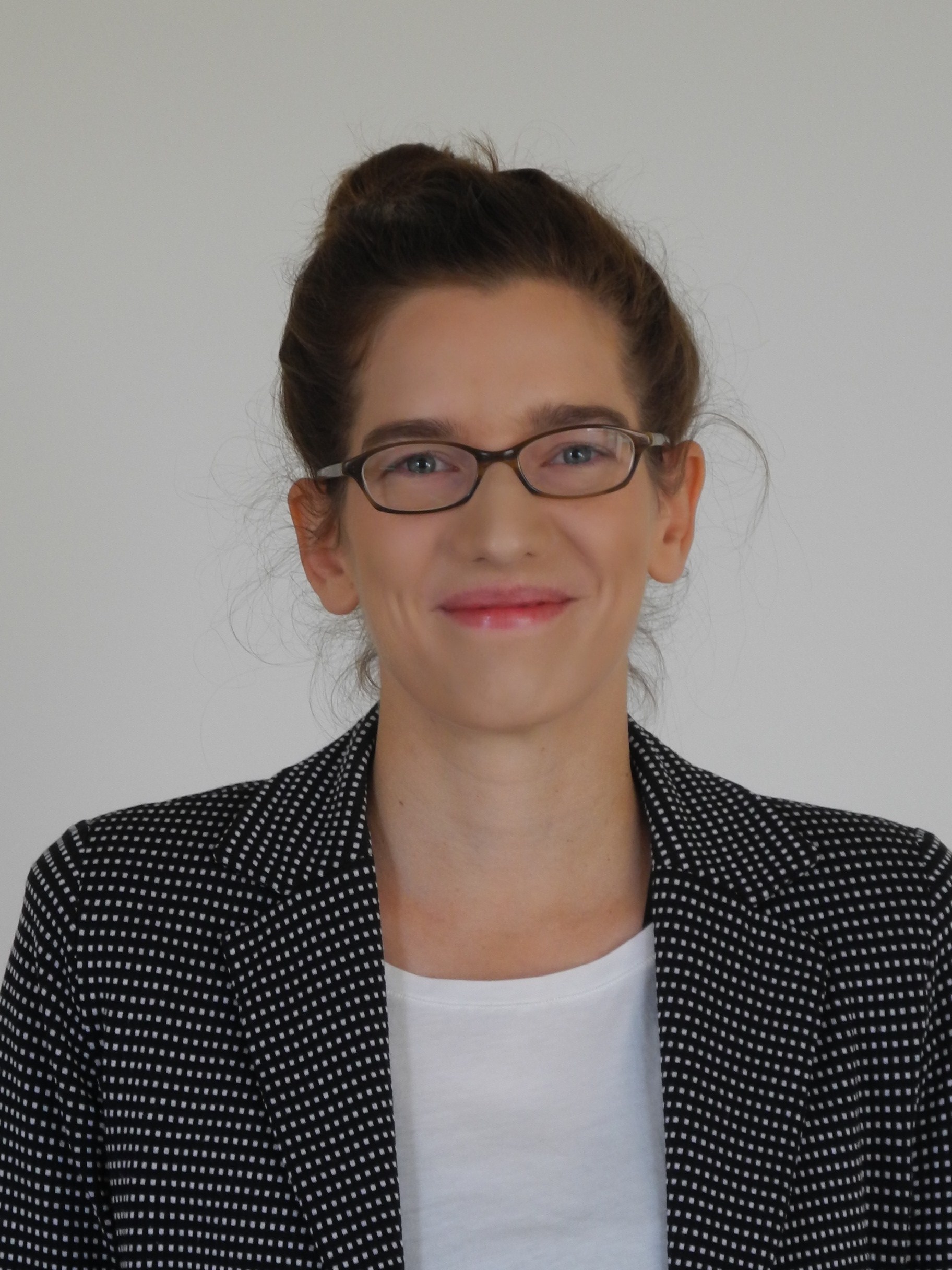
- Details
Lisa Schmöger has finished her PhD on the use of cold highly-charged ions for metrology and fundamental physics at the Max Planck Institute for Nuclear Physics in Heidelberg. Here in Innsbruck, she has joined Tracy's Nanospheres & Ions team.
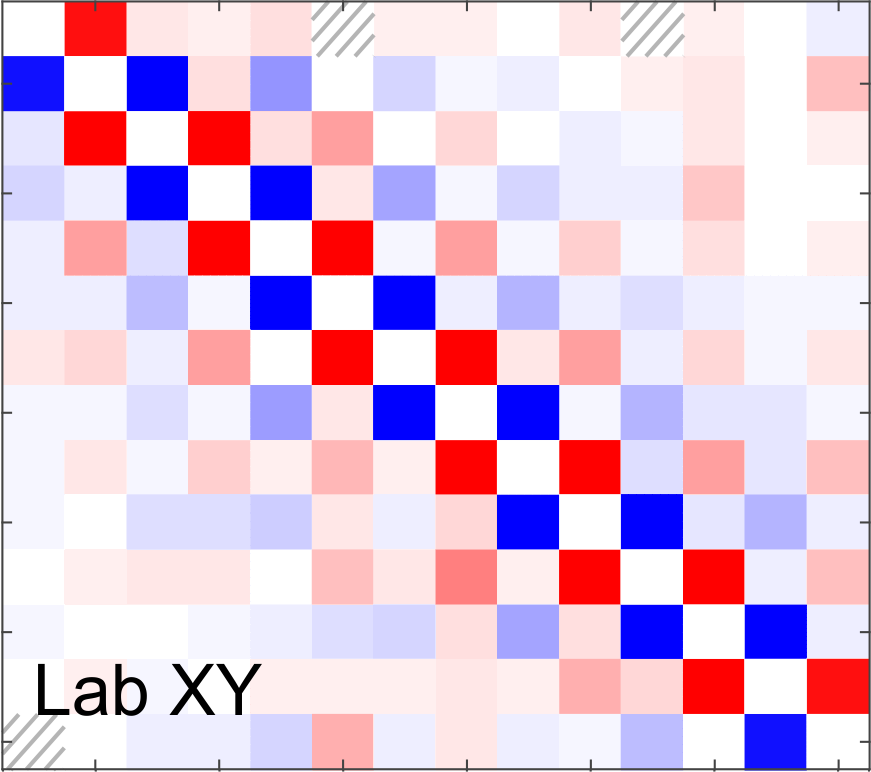
- Details
Our paper on the efficient tomography of a quantum many-body system comprised of up to 14 ions has been published by Nature Physics.
